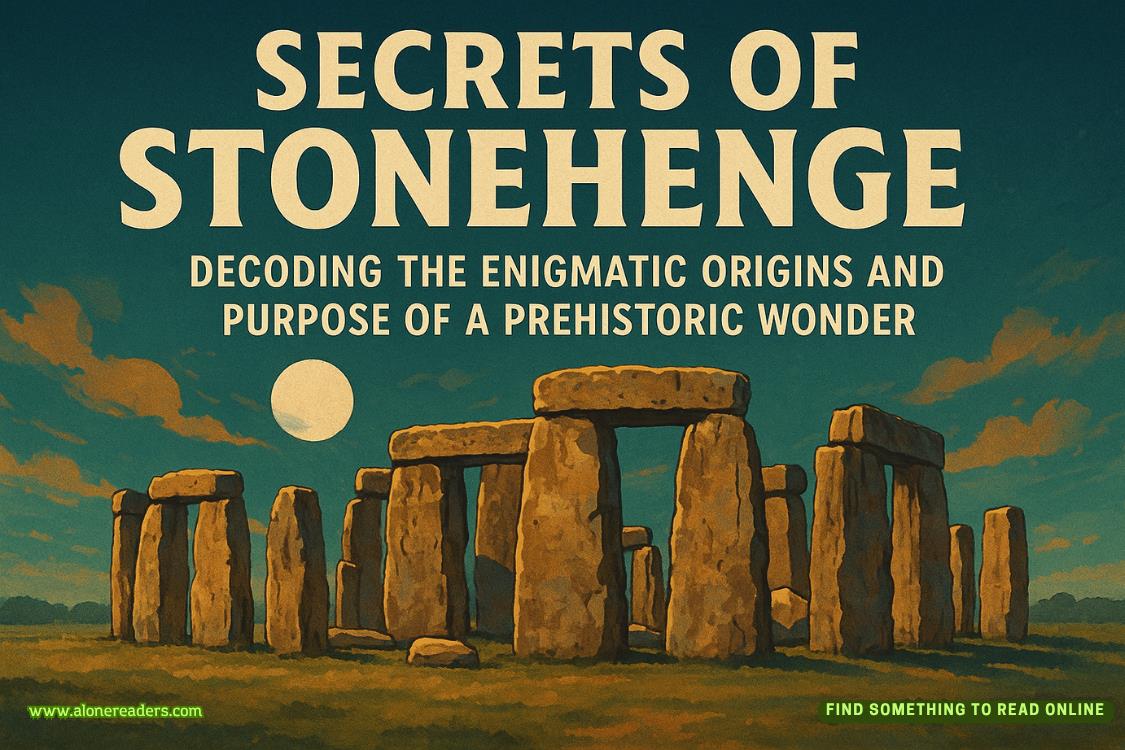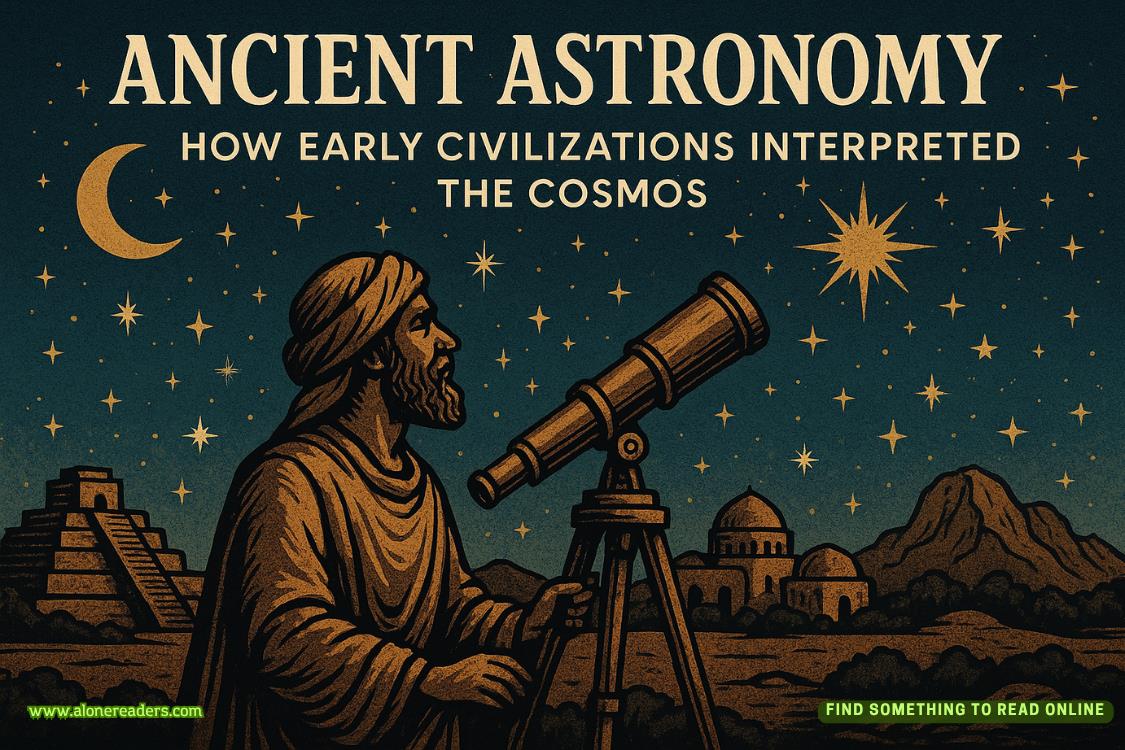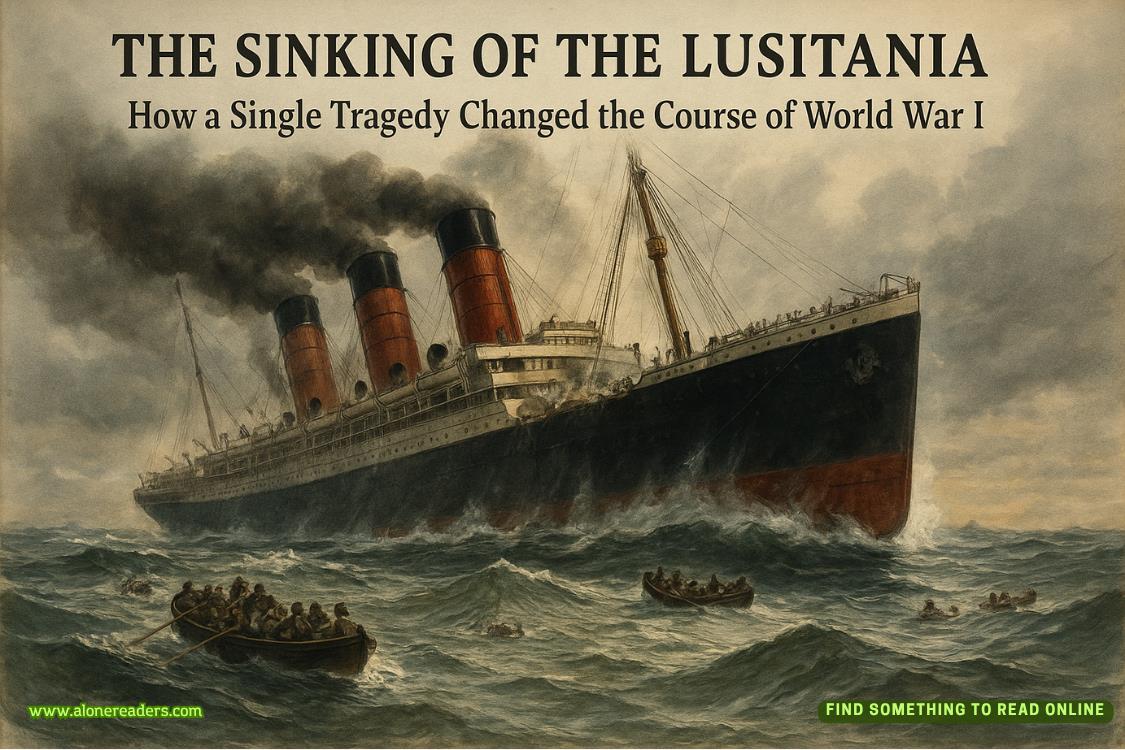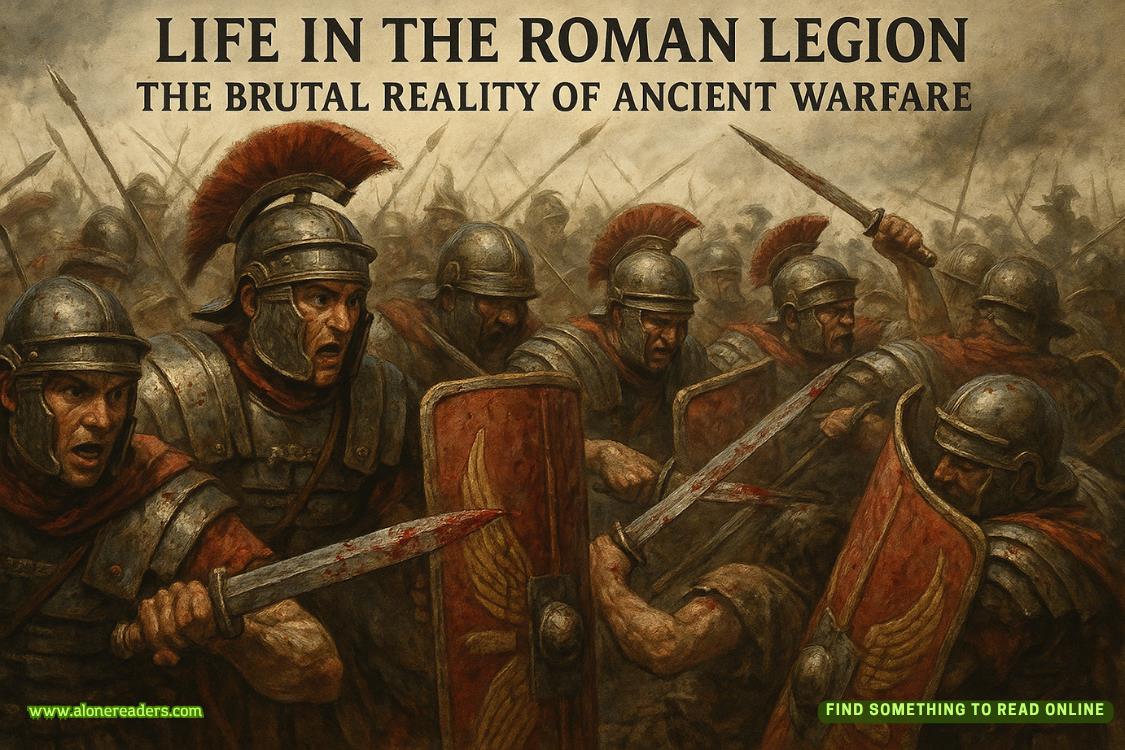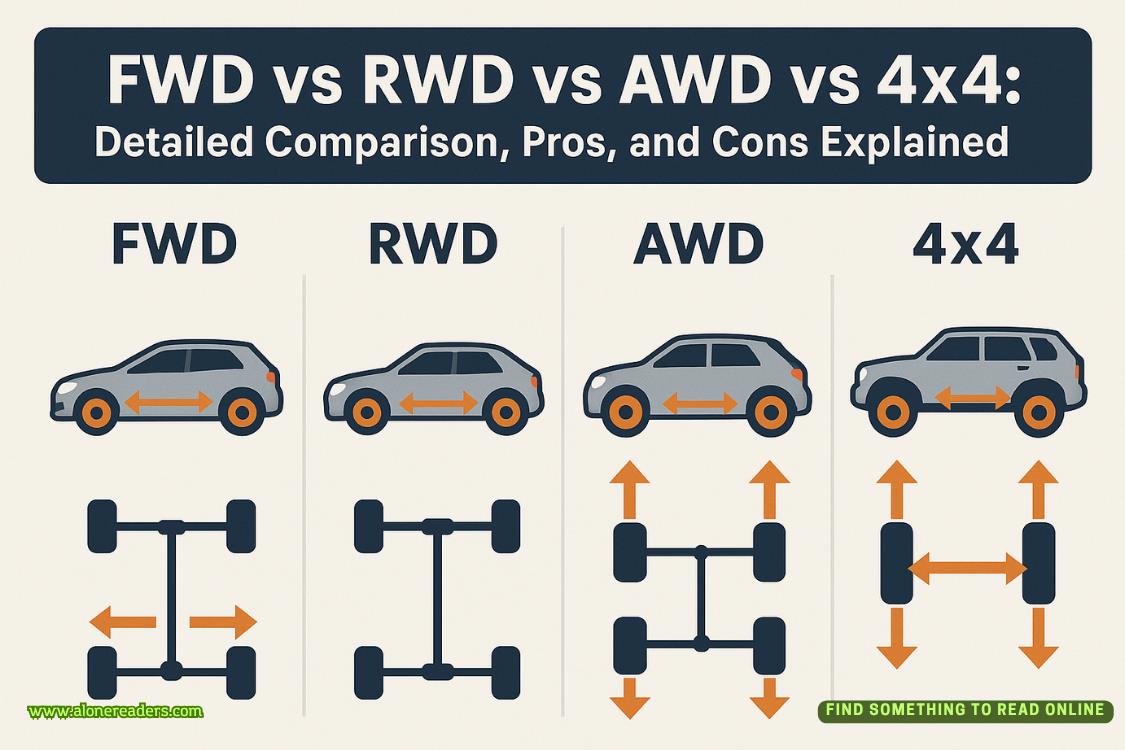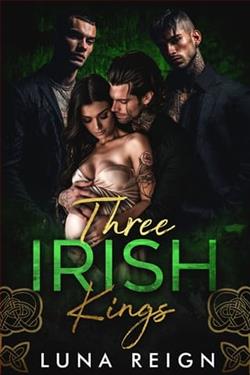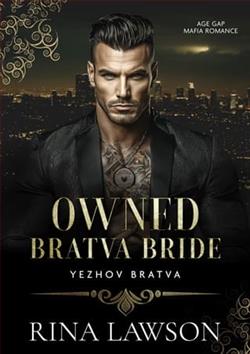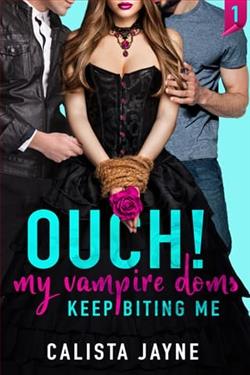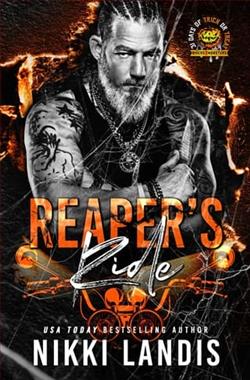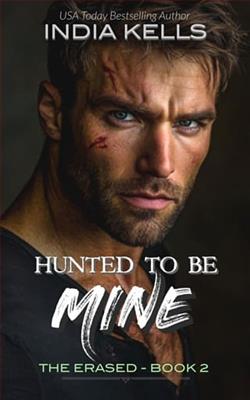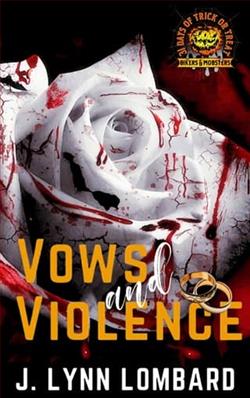Page 28 of DATE
The explanations she had once heard in art galleries came to life right before her eyes. Even though she had already had some impression of them, seeing it all again in reality still struck her as remarkable and almost unbelievable.
Western modern oil painting is a product of combining oils, resins, and various other materials. When painting, layers are applied from dark to light, and after completing the artwork, youcan add another layer of turpentine after two to three weeks. The colors remain vibrant and have a deep emotional impact.
However, during the Renaissance, everything was just beginning. Chemistry was quietly taking root in the hands of alchemists, and painters didn’t know the wonders of resins or have access to many of the organic chemical pigments used in modern times.
What they used was egg tempera.
Egg tempera.
At the time, the only thing that could fix the colors was egg.
So, every time Hedy helped Da Vinci with his work, she not only had to bring black bread but also carry a good number of eggs.
Egg whites, with their weak binding ability, were mostly used to adjust the colors and highlight fair skin. Egg yolks, with their stronger binding power, were used to create rich and dignified backgrounds.
The whole egg would be cracked into a bowl, the egg yolk and white separated, mixed with pigments, and olive oil or turpentine added. The process was like a cook making a thick soup.
Hedy wasn’t very familiar with this mixture, so she leaned on the table, watching Da Vinci work.
The light blue crystals were carefully selected, mixed with the egg mixture and oils, and then the first round of stirring began.
She had clear light blue eyes, her long lashes slightly drooping like a magpie’s feathers. Her long, dark hair curled gently, and her overall appearance had an elegant, classical quality mixed with an Eastern flair.
Da Vinci, originally focused on preparing the pigment, glanced over at her. He paused for a moment, but for some reason, he didn’t offer any praise.
Hedy, unaware that he was assessing her, observed him for a while before getting up and collecting all the blue crystals from the crucible. She sealed them in a small clay jar.
Exposure to sunlight would help preserve them for a long time—it was a good find.
Egg tempera dries quickly, and even when only being used for testing colors, it should be used as soon as it’s prepared.
Because of the properties of the pigment, Da Vinci hastily took the paint and quickly made a few strokes on the canvas. The oils fully coated the fragments, forming an invisible layer that trapped moisture and reduced the volatility of the chemical compound.
He picked up his brush and sketched a rough draft on the plastered wooden board before diving into coloring. The bright, Mediterranean-like hues, vast and distant, surged onto the canvas like waves stirred by the easterly wind. Layer by layer, the color swept across the painting, deepening from light to dark. With swift crosshatch strokes made with a hog-bristle brush, the pigment formed a smooth texture.
Hedy stood beside him, holding a glass of orange juice, watching as the faint blue ocean slowly spread across the canvas.
"Bring me some hot water."
Da Vinci cleaned the brush and then, improvising, mixed other colors to begin painting the distant crowds. He was recreating the scene of Moses parting the Red Sea.
The Egyptian army chased after the Israelites, and Jehovah was merciful and forgiving.
Hedy suddenly remembered a line from the Old Testament.
“I would remind you that our ancestors walked under the pillar of cloud, walked through the sea, and were baptized in the cloud and the sea, returning to Moses.”
She lowered her gaze, watching as the painting filled up. She observed how he painted the story of her ancestors, a tale fromthousands of years ago. Her emotions became complicated as she reflected on the connection to this ancient narrative.
The Old Testament was originally the story of the Jewish people, the history of the founding of Israel. Judaism gave rise to Christianity and Eastern Orthodoxy, and countless sects continued to grow and intertwine throughout history. From the Christian perspective, it was Judas, one of Jesus’ twelve disciples, who betrayed him, and it was the Jews who crucified him. The two peoples, as a result, have been in conflict ever since.
She watched the parted Red Sea, the fleeing Israelites, and Moses walking with his staff, and a deep stillness overcame her.
In her previous life, since the start of World War II, she had spent many years in the United States under a different name, hiding from the dangers of Nazi Germany.
She carried the blood of the Hebrews, and once she returned to Austria, it was likely that the Nazis would capture her, and she would disappear without a trace. Her lineage and family history had become an unspoken secret.
In her previous life, she had had two children, though they never learned of Passover or Hanukkah. Many childhood memories spent with her parents were deliberately forgotten, as if they had never existed.
